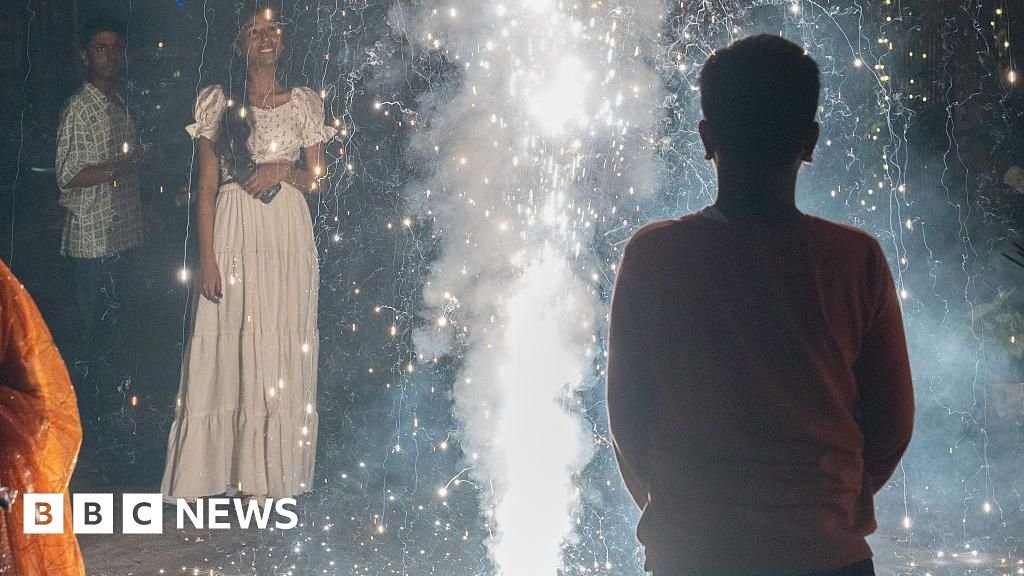
After Diwali, India’s capital city was engulfed in toxic smog
Despite a court directive to use less polluting firecrackers, India’s capital Delhi was engulfed in toxic smog as air quality worsened after the Hindu festival of Diwali.
Defying a court order to use only ‘green’ firecrackers for a limited period, people in the city and suburbs burst crackers late into the night on Monday.
Delhi’s air quality has declined over the past few days due to high pollution levels throughout the year due to factors such as vehicular emissions and dust.
Delhi’s Air Quality Index (AQI) was 360 on Tuesday, according to government data. The AQI measures the level of PM 2.5 – fine particles that can clog the lungs and cause many diseases – in the air.
Levels between 101 and 200 are considered moderate, while levels between 201 and 300 are “poor”. A score between 301 and 400 is classified as “very poor” and a figure above 400 is considered “severe”.
World Health Organization guidelines state that exposure to PM 2.5 should be limited to 15 micrograms per cubic meter in a 24-hour period – but Delhi’s AQI is 24 times higher than the recommended level in some parts.
The city’s pollution problem becomes acute in winter as farmers in neighboring states burn crop husks. Low wind speeds also trap pollutants – such as those produced by fireworks – in the lower atmosphere, making it harder to breathe.
That is why fireworks were banned in Delhi and its suburbs during Diwali from 2020 onwards. However, this rule was not strictly enforced on the ground and firecrackers were still available for purchase in many shops, leading to their use during the festivities.
Last week, the Supreme Court of India Blanket ban relaxedAllows people to use so-called green crackers, which makers say emit 20-30% less pollutants than conventional crackers and produce minimal ash. However, critics have pointed out that despite being relatively less harmful, these fireworks still release toxins into the air.
In the run-up to Diwali, BBC reporters found traditional crackers still being sold openly in shops. And while the court allowed green crackers to be burst only during a limited window – one hour in the morning on Diwali and two in the evening and the day before – the sound of firecrackers could be heard well after midnight in many areas.
On Tuesday, when BBC journalist Vikas Pandey left his home in Noida (a suburb of Delhi) at 0600 local time (0030 GMT) to catch an early morning flight, he noticed “the familiar smell of burning coal returning”.
“The air was smoky and visibility was poor. I could taste ash in my mouth. As the taxi entered Delhi, the visibility worsened. The tall buildings that are usually visible at this time disappeared under a thick veil of fog,” he says.
Experts fear that loosening regulations on firecrackers could affect awareness of the dangers of air pollution, which has been developing over the past few years.
To be sure, Delhi’s air quality was already in the “very poor” category, with the AQI crossing 300, due to several factors such as low wind speed, vehicular emissions and burning in neighboring states.
On Sunday, authorities invited the next phase of the Graded Response Action Plan (GRAP) in Delhi and its suburbs, imposing restrictions on diesel generators and coal and firewood burning to improve air quality.
For now, as a familiar fog settles over Delhi, its residents seem resigned.
Paras Tyagi, who lives in the capital, said, “You can’t even think of going out. Today, the situation is just as bad in densely populated Delhi and rural areas.”
Follow on BBC News India Instagram, YouTube, Twitter And Facebook.
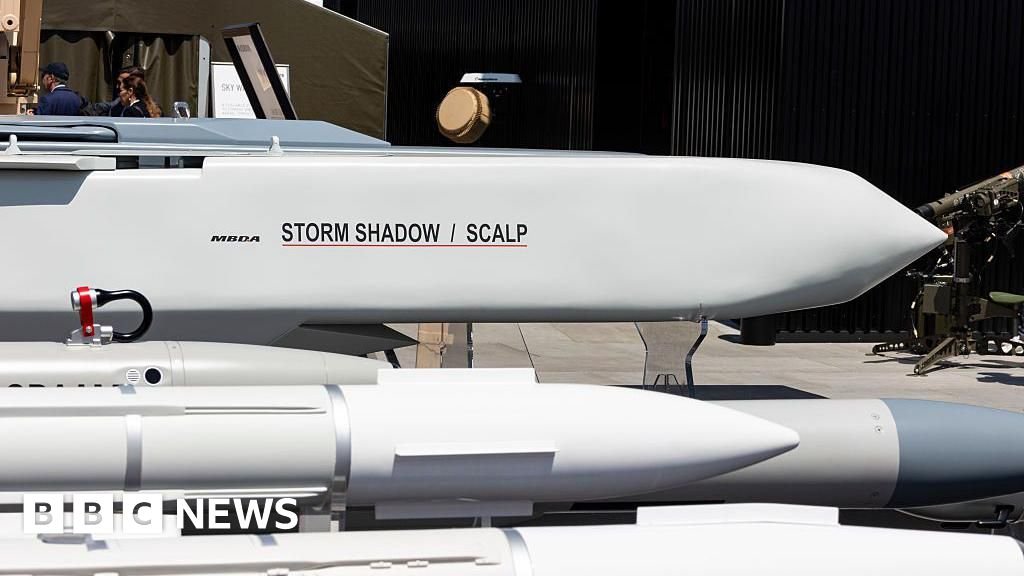
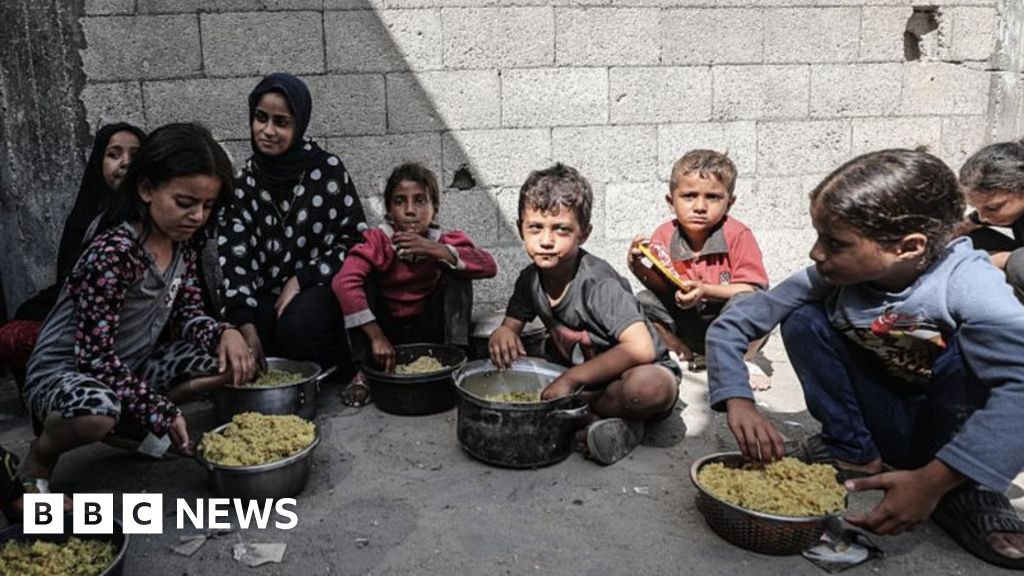

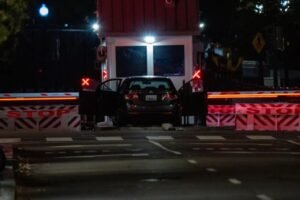




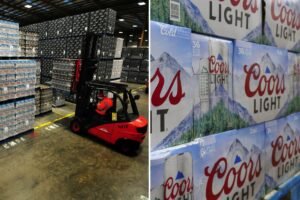

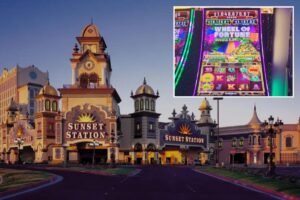

Post Comment